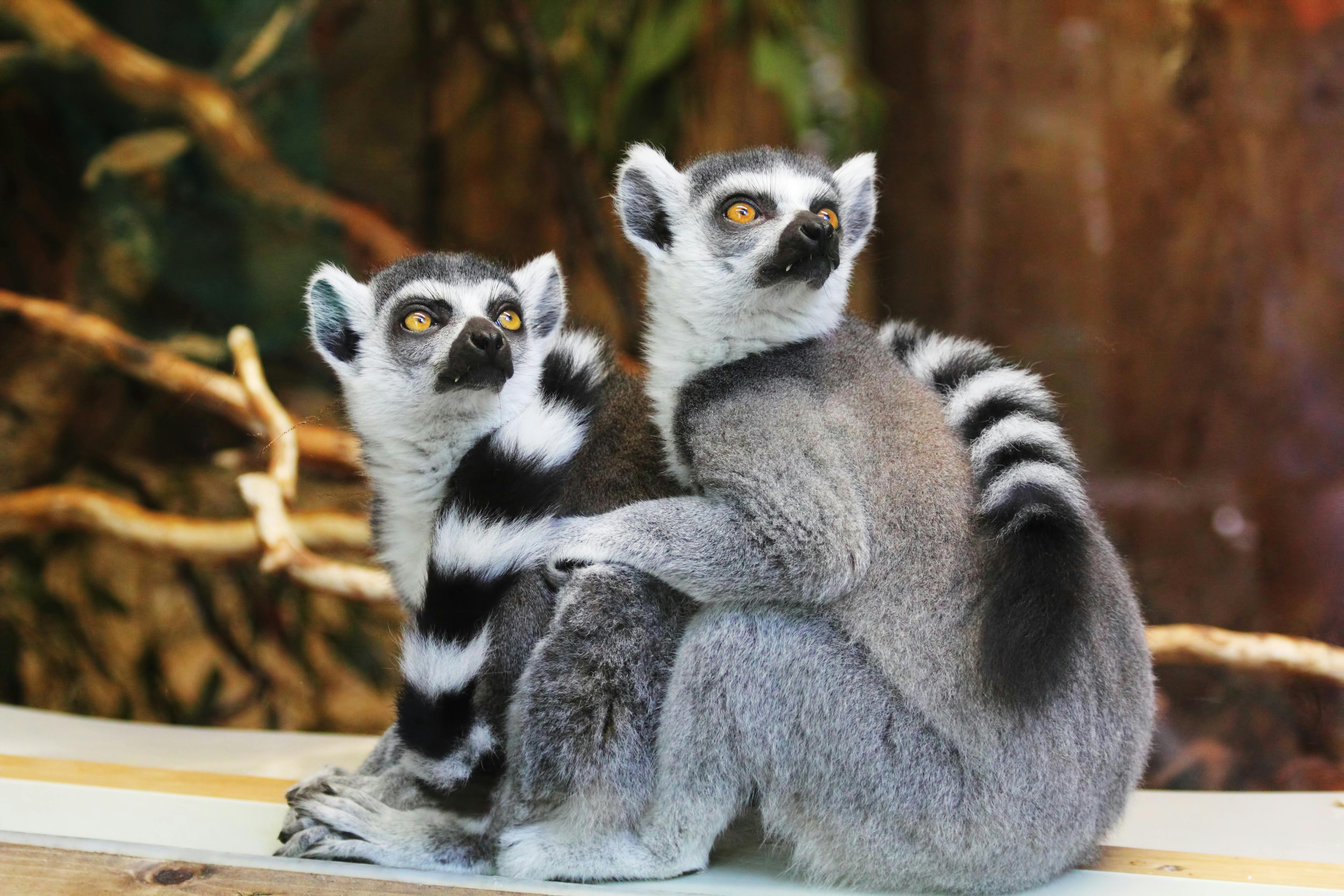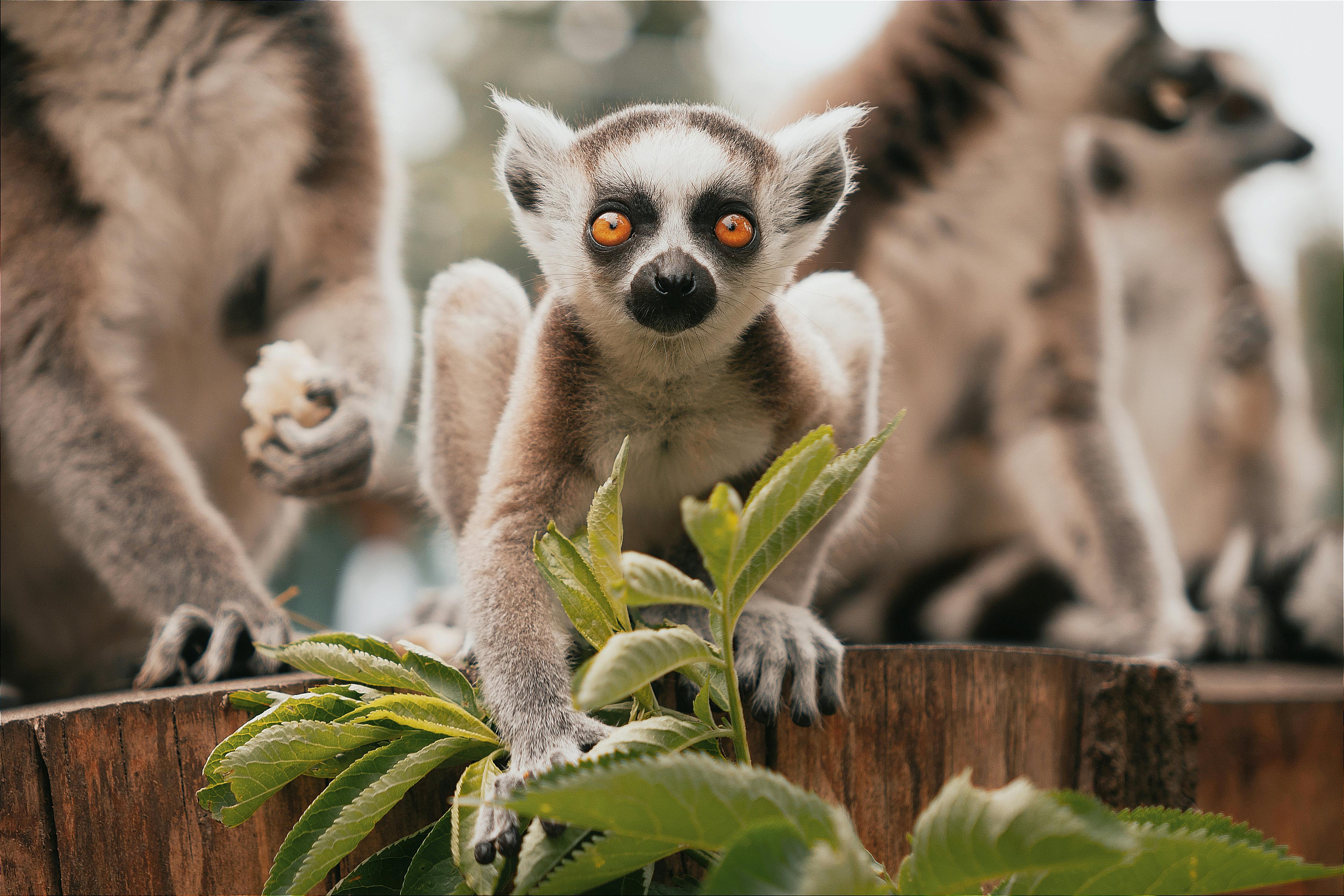The human footprint in Madagascar is pushing lemurs closer to extinction
The human footprint in Madagascar is pushing lemurs closer to extinction

Lemurs – those small, big-eyed primates that live in the trees of Madagascar off the southeast coast of Africa – are a mystery of evolution. When the first ones arrived tens of millions of years ago, they found an island with wildly diverse ecosystems, from wet tropical forests in the east to arid expanses in the southwest.
Without many other mammalian competitors, those early lemurs evolved into a dizzying array of forms, everything from teacup-sized mouse lemurs to giant sloth lemurs. They became separated from monkeys and other primates on the African continent and remained in their isolated home, where Madagascar nurtured their unique genetic tapestry for millions of years. However, although many of these lemurs have incredibly high levels of genetic diversity, - a frequent sign of a healthy population - almost all – 90 percent – of the more than 100 species that live on the island are threatened with extinction.
To find out why – and maybe solve the mystery – anthropologists and biologists at the Institute of Evolutionary Biology (CSIC- Pompeu Fabra University) in Spain and the Université de Montréal (UdeM) took a genetics approach: they sequenced the genomes of 162 lemurs from 50 species across Madagascar, by far the largest effort to sequence lemur genomes to date. 80% of the genomes generated in this study have been sequenced in Barcelona, at the Centro Nacional de Análisis Genómico (CNAG).
Led by Tomàs Marquès-Bonet, Principal Investigator at the Institute of Evolutionary Biology (IBE) and ICREA Research Professor at Pompeu Fabra University (UPF), and UdeM assistant professor Joseph Orkin, principal investigator at the multiomic primate evolution lab of UdeM’s anthropology and biological sciences departments, they uncovered how ecological variation, climatic fluctuations and recent human activity have all influenced lemur genetic diversity and long-term survival prospects.
"This study is part of the global project that we published last year in a special issue of Science and demonstrates how genomics applied to conservation not only informs us about the past of populations but can also help us detect the most threatened species and prepare recovery plans”, says Tomàs Marquès-Bonet, principal investigator at the IBE and ICREA Research Professor in the Department of Medicine and Life Sciences (MELIS) at the UPF, who led the study.
Widespread gene flow of Lemurs
Published today in Nature Ecology & Evolution, the study’s analyses reveal widespread gene flow between lemur species over hundreds of thousands of years.
“As climatic shifts periodically connected once-isolated habitats, lemurs from different species and populations would interbreed, sharing genetic material that boosted their overall diversity,” Orkin said.
“On top of that, the most diverse species appear to be the ones with fragmented populations in multiple ecosystems across the island. This pattern of isolation and reconnection seems to be building up and redistributing genetic variation across the island.”
He added: “Many species of lemurs have super high levels of genomic diversity, which seems counterintuitive when you consider that so many of them are critically endangered. It was really exciting to see how the ecology of Madagascar helped to shape the diversity of lemurs.”

Lemurs. Source: Pexels.
Humans played a major role in Lemur’s population decline
While Madagascar itself may be a laboratory for the diversity of lemurs, recent human activity has played a major role in their collapsing populations. The data show a striking correspondence between human population expansion, deforestation, and shifts in hunting practices – and the start of severe lemur population declines.
No one knows when exactly humans first arrived on Madagascar, but it’s clear that their numbers started to grow around 1,000 years ago and that the landscape of the island started changing in a major way by the 1700s, said Orkin.
“When we looked at the genetic evidence for population declines, we kept seeing these two consistent inflection points around 1,000 and 300 years ago. It was really striking to see such a clear overlap between the timing of human population expansion and the decline of lemur populations.”
These findings carry significant implications for conservation strategies, he added. Habitat fragmentation and deforestation not only threaten lemurs by reducing population sizes but also by cutting off the natural corridors that historically allowed gene flow. Without these genetic exchanges, the risk of inbreeding increases, further imperiling already endangered species.
“The understanding of the genomic variability of the Lemur adds a tool to the conservation efforts of the species, as we now know where to look for further signals of population decline. We hope to raise concern on Madagascar’s biodiversity as a whole, a rare habitat that has cultivated a unique ecosystem throughout history and that needs to be protected from further anthropization”, adds Marquès-Bonet.
Referenced Article:
Orkin JD, Kuderna LFK, Hermosilla-Albala N, et al. Ecological and anthropogenic effects on the genomic diversity of lemurs in Madagascar. Nat Ecol Evol. 2024. doi: 10.1038/s41559-024-02596-1
